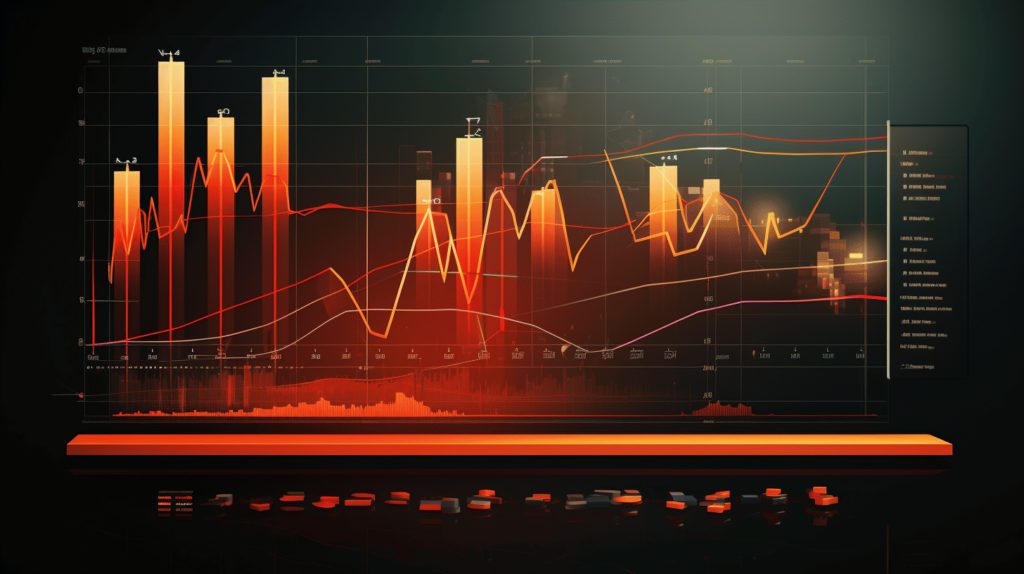In the dynamic realm of options trading, understanding the strike price is paramount to unlocking profit potential and managing risk. As a fundamental aspect of options contracts, the strike price plays a crucial role in defining the contractual obligations and financial implications involved in this intricate trading strategy.

Image: marketmasters.app
Definition of the Strike Price
The strike price, also known as the exercise price, refers to a predetermined price at which an option buyer has the right to buy or sell the underlying asset. In essence, it is the price level upon which the profitability of an options contract hinges. For a call option, which grants the buyer the right to purchase the underlying asset, the strike price represents the price at which they can acquire it. Conversely, for a put option, which provides the buyer with the right to sell the underlying asset, the strike price indicates the price at which they can sell it. The strike price is a non-negotiable value established when the option contract is created and cannot be altered thereafter.
Significance of the Strike Price
The strike price serves as a pivotal benchmark against which the profitability of an options contract is assessed. It influences whether the option is considered “in-the-money” or “out-of-the-money.” An option is said to be in-the-money when its strike price is below the current market price of the underlying asset for a call option or above the current market price for a put option. In this scenario, the option holder holds intrinsic value, which is the difference between the strike price and the market price. On the other hand, an option is out-of-the-money when its strike price is above the current market price for a call option or below the current market price for a put option. In such cases, the option does not possess intrinsic value since the holder cannot exercise it profitably.
Impact on Premium Pricing
The strike price significantly impacts the premium paid for an options contract. Options with higher strike prices tend to command a lower premium, while those with lower strike prices generally carry a higher premium. This relationship arises because options with lower strike prices have a greater likelihood of being in-the-money, thereby offering the buyer a higher probability of profit. Conversely, options with higher strike prices are less likely to be in-the-money, making them less valuable to the buyer and, consequently, resulting in a lower premium.

Image: www.rockwelltrading.com
Profit Potential and Risk Management
The strike price plays a pivotal role in determining the profit potential and risk involved in options trading. When an option is in-the-money, the buyer stands to profit if the market price of the underlying asset continues to move in a favorable direction. However, the maximum profit is capped at the difference between the strike price and the market price minus the premium paid. On the flip side, if the option is out-of-the-money, the buyer incurs a loss equal to the premium paid upon expiration.
To effectively manage risk, traders often employ strategies that involve multiple strike prices. This allows them to diversify their portfolio and limit exposure to potential losses. For instance, in a bull call spread, a trader buys one call option with a lower strike price and sells another call option at a higher strike price with the same expiration date. This strategy limits the maximum profit but also reduces the overall risk compared to holding a single call option.
In Options Trading What Is The Strike Price

Image: navi.com
Conclusion
Comprehending the strike price is essential for unlocking the intricacies of options trading. It serves as a pivotal determinant of profitability, risk management, and premium pricing. By equipping themselves with a thorough understanding of this crucial concept, investors can enhance their decision-making process, maximize profit potential, and mitigate potential losses in the dynamic landscape of options trading.






